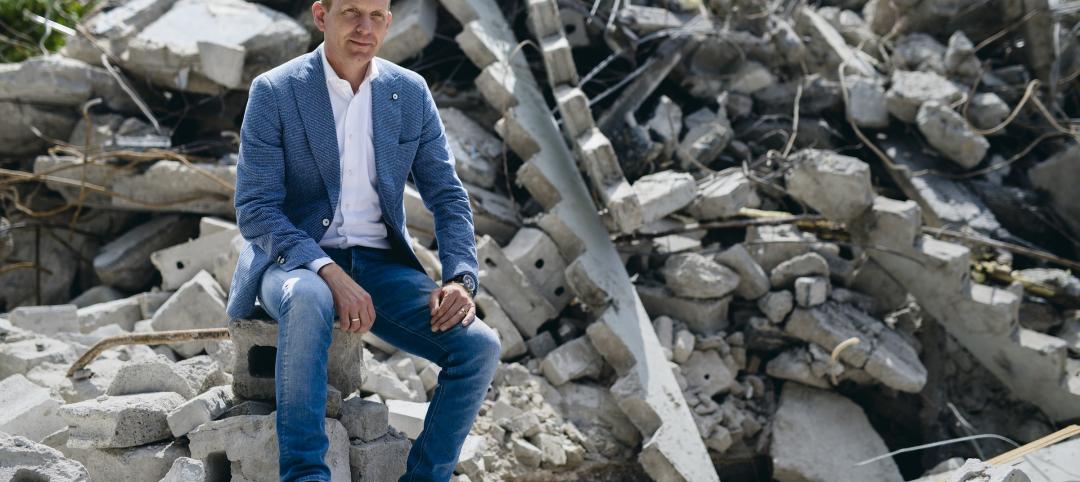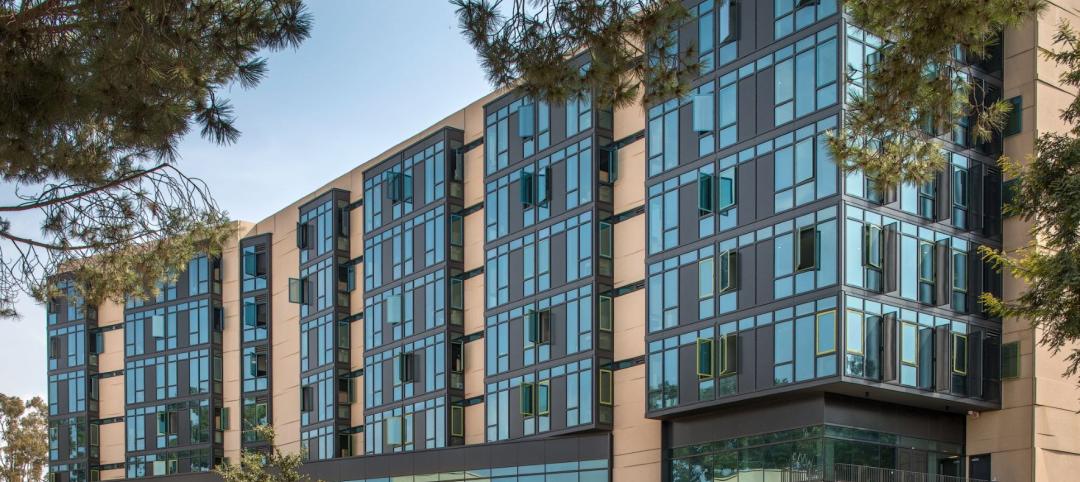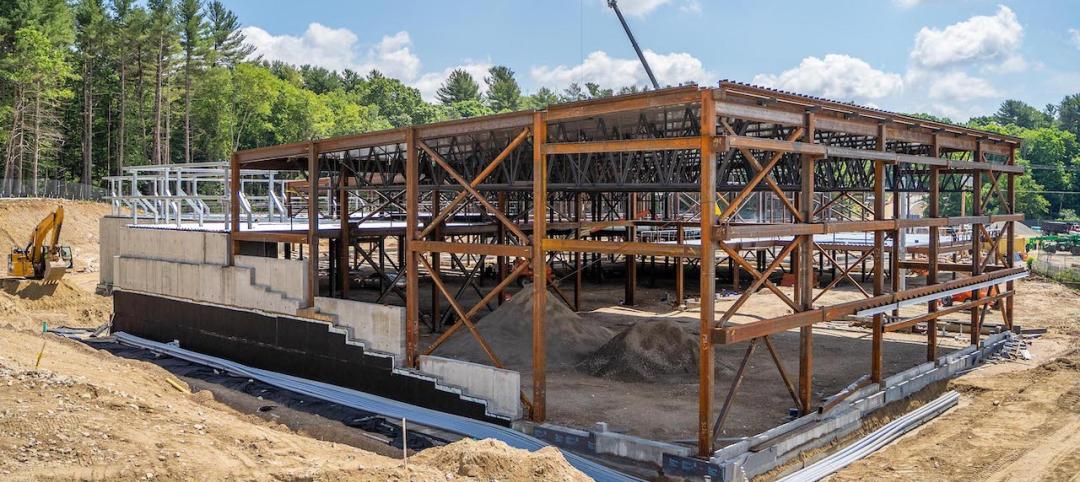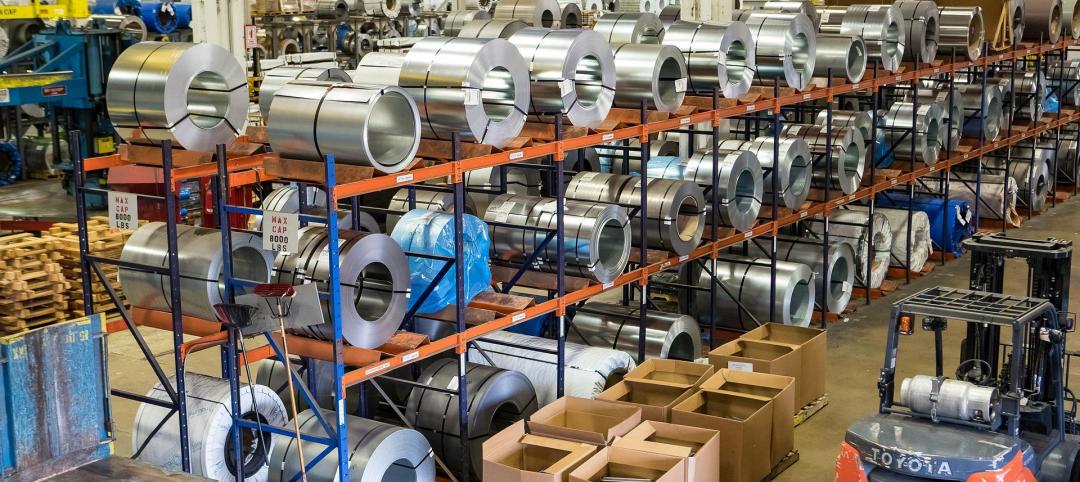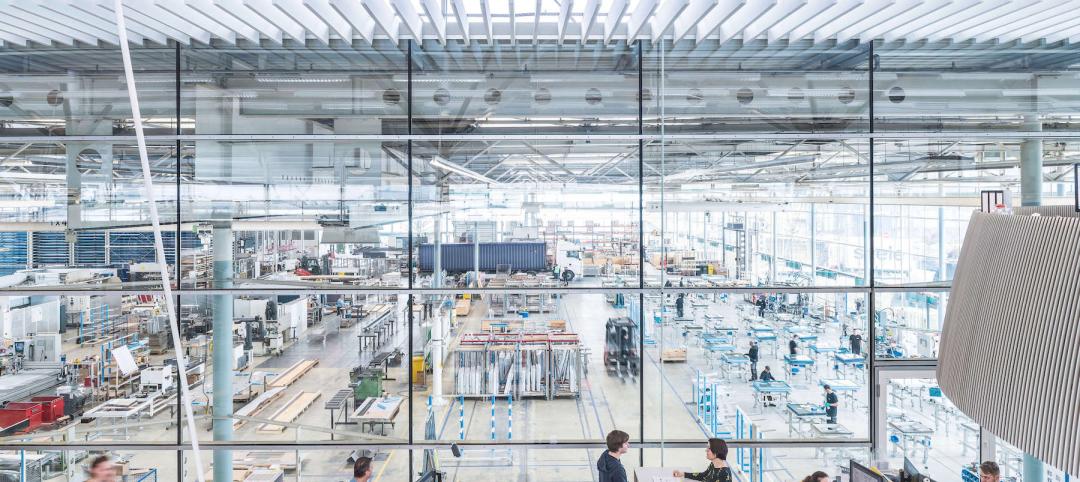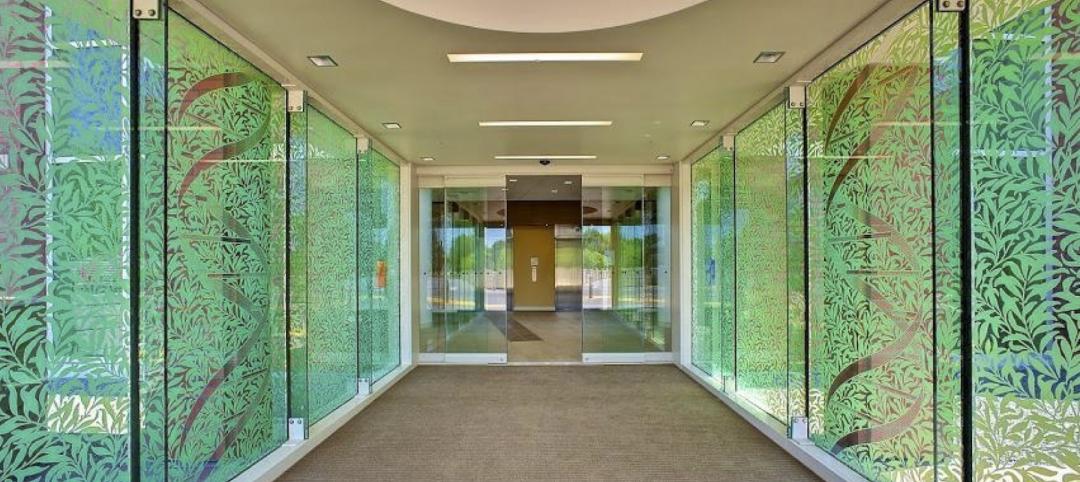Project Name: Kent State University College of Architecture and Environmental Design in Kent, OH
Architects: Weiss/Manfredi and Richard L. Bowen & Associates
Contract Glazier: VIP Restoration
Products used: SuperLite II-XL 120 in GPX Architectural Series Wall Framing
Dubbed as one of the most anticipated construction projects in all of Ohio, the new Kent State University College of Architecture and Environmental Design (CAED) finally held its grand opening reception last October 2016. This comes three years after Weiss/Manfredi in New York and Richard L. Bowen & Associates in Cleveland took first place in a field of 37 competitive entries in an international competition to design the new CAED building.
The 120,000 square foot, four-story building features wide-open interior spaces that emulate industrial design lofts to encourage interaction and collaboration. Stairs figure prominently in the design and are used in both the north and south facades to connect all four levels. The exterior is a combination of warm orange-toned brick and expansive glass walls that maximize natural light.
To preserve the building’s open design and to extend natural light further in the building, the architects incorporated fire resistive glazing in the areas that required a 2-hour fire rating, particularly in the stairwells and exit passageways. USA-made SuperLite II-XL 120 in GPX Architectural Series Wall Framing were specified as the basis of design for its ability to meet the fire resistive ASTM E-119 wall criteria with hose stream for up to 2 hours while bringing vision, transparency and natural light further in the building. The clean, sharp edges and uniform sightlines of the GPX Architectural Series Wall Framing matched the appearance and clear anodized finish of the non-rated aluminum storefront systems used throughout the project.
The result is a seamless, elegant design that encourages everyday use of the stairs. In the past, stairwells were rarely used by building occupants because it was dark, windowless and closed off from view – making them prime areas for attack. Today’s well-designed stairways with transparent, fire resistive glass walls support design efforts to make stairs more visible, appealing and safe. Not only does stair climbing provide numerous health benefits, but saves energy, provides vertical flexibility and connectivity, and improves workplace efficiency and overall occupant safety.
 Light-filled, code compliant 2-hour fire resistive stairwells are possible with ASTM E-119 rated fire resistive glass and framing.
Light-filled, code compliant 2-hour fire resistive stairwells are possible with ASTM E-119 rated fire resistive glass and framing.
 Glazing can be used in 2-hour walls as long as the assembly meets the ASTM E-119 fire resistive wall criteria. It may look like a window or opening, but it is actually a transparent wall.
Glazing can be used in 2-hour walls as long as the assembly meets the ASTM E-119 fire resistive wall criteria. It may look like a window or opening, but it is actually a transparent wall.
Related Stories
AEC Innovators | Feb 28, 2023
Meet the 'urban miner' who is rethinking how we deconstruct and reuse buildings
New Horizon Urban Mining, a demolition firm in the Netherlands, has hitched its business model to construction materials recycling. It's plan: deconstruct buildings and infrastructure and sell the building products for reuse in new construction. New Horizon and its Founder Michel Baars have been named 2023 AEC Innovators by Building Design+Construction editors.
Glass and Glazing | Jan 6, 2023
Vitro Architectural Glass announces new names for three Solarban Glass Products
Vitro Architectural Glass (formerly PPG Glass) announced that it will be renaming three of its signature Solarban® solar control, low-emissivity (low-e) glass products at the beginning of 2023. While the products will have new names, the performance and visual characteristics of all three glasses will remain the same.
Office Buildings | Dec 6, 2022
‘Chicago’s healthiest office tower’ achieves LEED Gold, WELL Platinum, and WiredScore Platinum
Goettsch Partners (GP) recently completed 320 South Canal, billed as “Chicago’s healthiest office tower,” according to the architecture firm. Located across the street from Chicago Union Station and close to major expressways, the 51-story tower totals 1,740,000 sf. It includes a conference center, fitness center, restaurant, to-go market, branch bank, and a cocktail lounge in an adjacent structure, as well as parking for 324 cars/electric vehicles and 114 bicycles.
75 Top Building Products | Nov 30, 2022
75 top building products for 2022
Each year, the Building Design+Construction editorial team evaluates the vast universe of new and updated products, materials, and systems for the U.S. building design and construction market. The best-of-the-best products make up our annual 75 Top Products report.
Building Materials | Nov 2, 2022
Design for Freedom: Ending slavery and child labor in the global building materials sector
Sharon Prince, Founder and CEO of Grace Farms and Design for Freedom, discusses DFF's report on slavery and enforced child labor in building products and materials.
Building Materials | Aug 3, 2022
Shawmut CEO Les Hiscoe on coping with a shaky supply chain in construction
BD+C's John Caulfield interviews Les Hiscoe, CEO of Shawmut Design and Construction, about how his firm keeps projects on schedule and budget in the face of shortages, delays, and price volatility.
Building Materials | Jun 20, 2022
Early-stage procurement: The next evolution of the construction supply chain
Austin Commercial’s Jason Earnhardt explains why supply chain issues for the construction industry are not going to go away and how developers and owners can get ahead of project roadblocks.
Sponsored | BD+C University Course | May 3, 2022
For glass openings, how big is too big?
Advances in glazing materials and glass building systems offer a seemingly unlimited horizon for not only glass performance, but also for the size and extent of these light, transparent forms. Both for enclosures and for indoor environments, novel products and assemblies allow for more glass and less opaque structure—often in places that previously limited their use.
Sponsored | Glass and Glazing | Oct 27, 2021
Treating Glass as a Canvas
In the world of fine art, a master painter begins with canvas selection. A linen canvas is nearly always selected over cotton because nothing delivers the artist’s authentic vision quite like linen. Similarly, with glass.
Sponsored | Glass and Glazing | Oct 27, 2021
True Clarity for Ambitious Design
Clear glass is extremely common and is popular for a variety of architectural design applications, including vision glass, spandrel glass, storefronts, entryways and other exterior uses. It is specified repeatedly due to its versatility and ability to serve as a substrate for solar control, low-emissivity (low-E) coatings. However, when specifying glass to achieve a desired aesthetic, design professionals know that clear glass isn’t completely clear.



